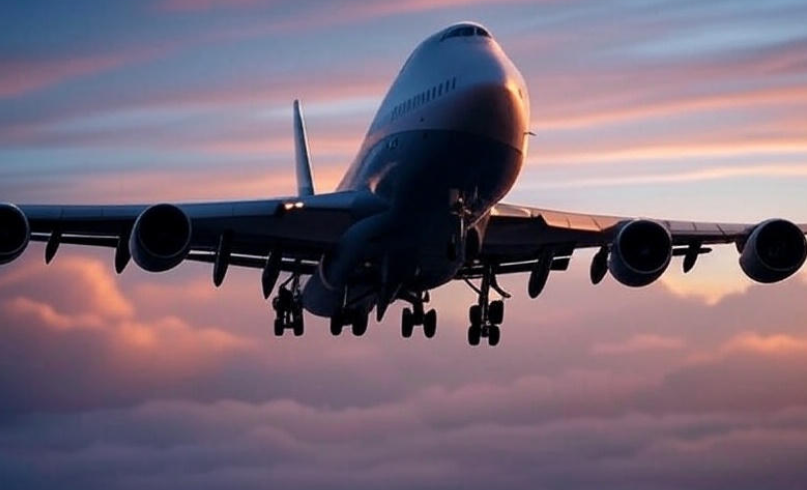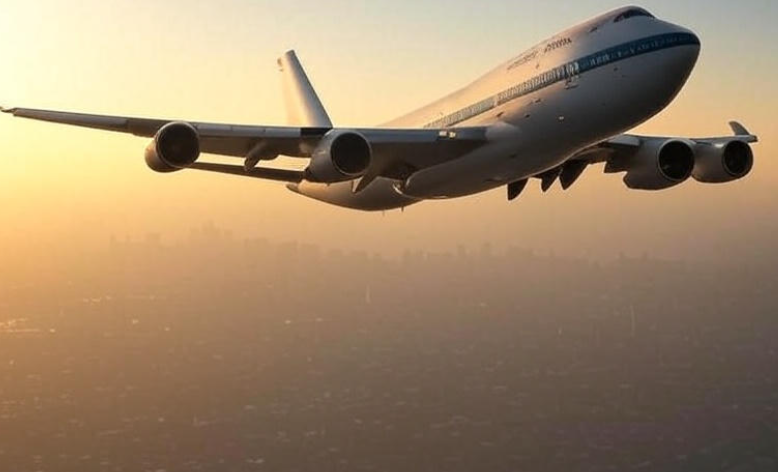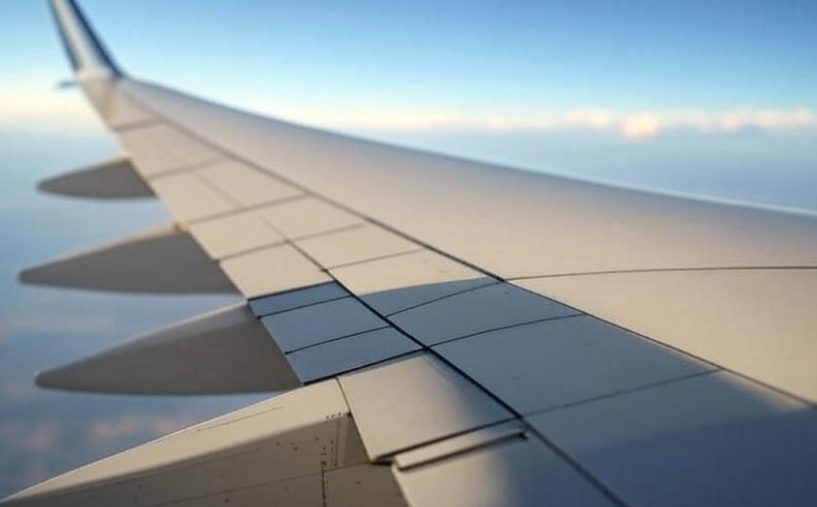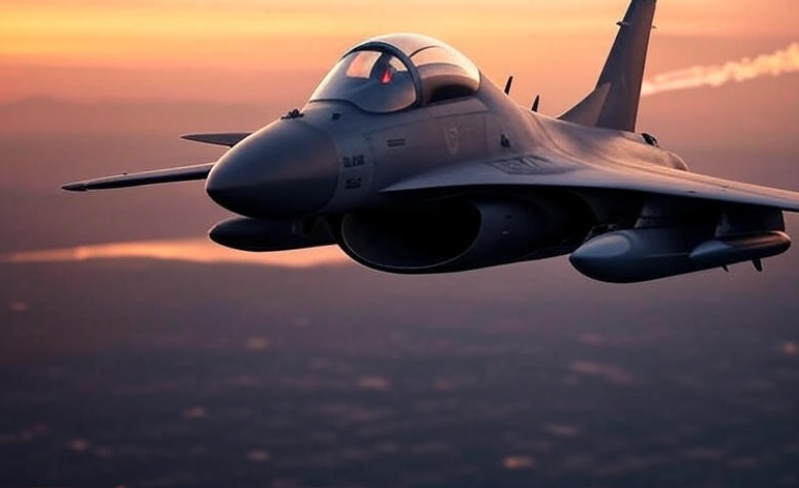The Boeing 747, often nicknamed the “Queen of the Skies”, has left an unforgettable mark on the world of aviation. This massive aircraft isn’t just a plane; it’s a symbol of innovation, ambition, and human ingenuity. From its first flight in the late 1960s to modern versions still flying today, the 747 has revolutionized air travel in ways many people don’t even realize. Here’s a look at 7 key facts that highlight its incredible evolution. ✈️
1. The Birth of a Giant
The story of the Boeing 747 began in the 1960s when air travel was booming. Airlines wanted a plane that could carry more passengers over longer distances. Boeing answered this call with the 747, which first took flight on February 9, 1969.
-
Length: 231 feet
-
Wingspan: 196 feet
-
Passenger capacity (initial models): 366
At the time, it was the largest passenger aircraft in the world, and its distinctive hump on the upper deck became instantly recognizable. The 747 didn’t just transport people; it carried the dream of making global travel faster and more accessible.
2. Jumbo Jet Era: Redefining Commercial Flights
Before the 747, long-distance flights were a luxury. But the 747 changed everything. Its size allowed airlines to carry more passengers at lower costs per seat, making air travel more affordable for millions.
Fun fact: The “Jumbo Jet” nickname wasn’t just about its size—it was about its impact. Airlines could now connect continents in a way that was economical and efficient.
3. Technological Innovations
The Boeing 747 introduced many technologies that were groundbreaking for its time.
-
Four-engine design: Allowed longer flights across oceans without stopping.
-
Advanced cockpit systems: Reduced pilot workload compared to older planes.
-
High-bypass turbofan engines: More fuel-efficient than previous designs.
These innovations didn’t just improve performance—they set the standard for all future wide-body aircraft.
4. Multiple Variants for Every Need
Over the years, Boeing developed several 747 variants, each serving a different purpose:
| Variant | Year Introduced | Key Feature |
|---|---|---|
| 747-100 | 1970 | Original model, passenger focus |
| 747-200 | 1971 | More powerful engines, longer range |
| 747-300 | 1983 | Extended upper deck for more passengers |
| 747-400 | 1989 | Modern avionics, longer range, fuel-efficient engines |
| 747-8 | 2011 | Largest 747 ever, quieter engines, luxurious interiors |
Each version represented a leap forward in technology, comfort, and efficiency, keeping the 747 relevant across decades.
5. Beyond Passenger Flights: Cargo and Special Missions
The Boeing 747 isn’t just a passenger plane. Its large fuselage and sturdy frame made it perfect for cargo transport. Airlines and cargo companies like UPS, FedEx, and Lufthansa Cargo have used 747 freighters for decades.
Additionally, some 747s have been adapted for special missions, like:
-
Airborne observatories (NASA’s SOFIA telescope)
-
Air Force One (US presidential transport)
-
Humanitarian aid missions
This versatility helped the 747 remain in service long after many other aircraft were retired.
6. Records and Milestones
The 747 has broken multiple records during its life:
-
First commercial jet to carry 400+ passengers
-
Longest continuous commercial flight using a 747: Hong Kong to London
-
First aircraft to feature dual-aisle upper deck lounges
These achievements showcase the plane’s engineering brilliance and highlight why it became a symbol of global connectivity.
7. Legacy and the Future
Even though newer aircraft like the Boeing 787 and Airbus A350 are now taking the spotlight, the 747’s legacy remains strong. Airlines are slowly retiring older models, but many 747s are still flying, especially as cargo planes.
Related read: 7 Revolutionary Aircraft Designs Changing Aviation
The 747 taught the world how airplanes could be bigger, faster, and more efficient, inspiring generations of engineers and travelers alike. Its iconic design will be remembered for decades, and for many, it will always be the “Queen of the Skies.” 👑

Interesting Table: Boeing 747 vs Modern Aircraft
| Aircraft | Passenger Capacity | Max Range | Role |
|---|---|---|---|
| Boeing 747-400 | 416 | 7,285 miles | Passenger/Cargo |
| Boeing 787-9 | 290 | 7,530 miles | Passenger |
| Airbus A350-900 | 325 | 8,000 miles | Passenger |
| Boeing 747-8 | 524 | 7,730 miles | Passenger/Cargo |
As you can see, the 747 still competes in size and versatility, even against modern jets.
FAQs about Boeing 747
Q1. Why is the Boeing 747 called the “Queen of the Skies”?
It’s a nickname reflecting its size, power, and pioneering impact on commercial aviation. Its iconic hump and capacity made it stand out above all other planes.
Q2. How many people can a Boeing 747 carry?
Depending on the variant, it can carry 366 to over 500 passengers, making it one of the largest passenger planes ever built.
Q3. Is the Boeing 747 still in use today?
Yes! While many airlines retired older 747s, they are still widely used in cargo transport and special missions.
Q4. What makes the 747 special compared to other planes?
Its size, range, four engines, and versatility make it unique. It was the first to connect continents efficiently at a lower cost per passenger.
Q5. What is the future of the Boeing 747?
Although passenger flights are declining, the 747 will continue in cargo roles and special missions. Its legacy in aviation history is secure.
The Boeing 747 is more than just a plane—it’s a story of vision, ambition, and innovation. From changing how we travel across continents to inspiring aviation technology for decades, the 747 remains an icon in the skies. Next time you see one soaring overhead, remember: you’re looking at a piece of history. ✈️👑




